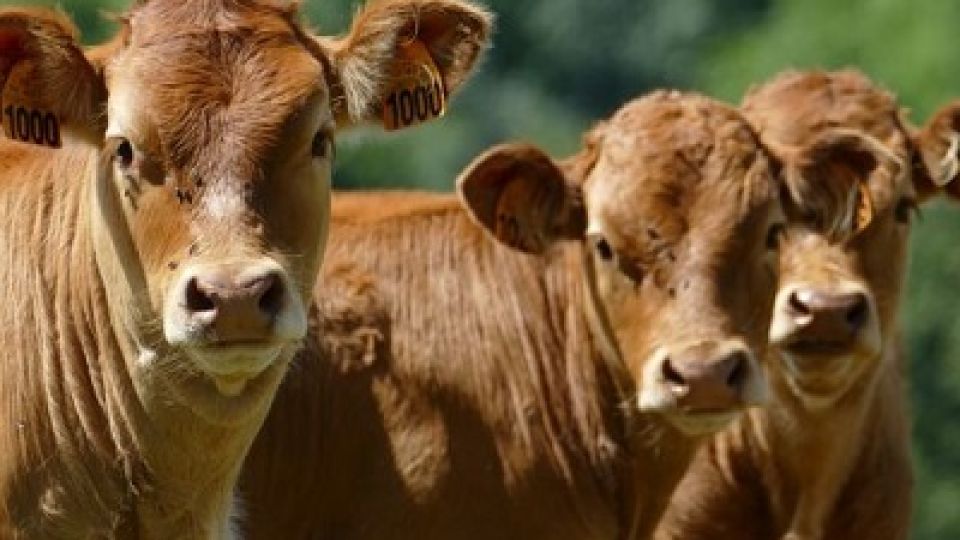from NJABULO BUTHELEZI in Durban
KwaZulu Natal Bureau
DURBAN, (CAJ News) – THE heavy rains at the start of South Africa’s summer season have different implications for the agricultural sector.
An economist noted that positively, the rains have improved dam levels, which will be helpful for irrigation.
Wandile Sihlobo, economist at the Agricultural Business Chamber, noted however, the livestock industry is at increased risk of disease, since heavy rains tend to be followed by significantly warmer temperatures that allow tick and other insect populations to flourish.
He highlighted there is a relatively higher possibility of tick- and insect-borne diseases such as redwater, heartwater, anaplasmosis, Rift Valley fever, blue tongue and horse sickness.
“This means livestock farmers will have to remain alert during this period and apply vaccines where possible,” Sihlobo advised.
On the other hand, in field crops, the sugar cane growing regions of KwaZulu-Natal and Mpumalanga provinces have broadly benefited from increased moisture, supporting growing conditions.
This is notwithstanding business challenges brought to the industry by Tongaat Hulett’s financial difficulties.
The summer grain and oil-seed planting season started in October in the eastern regions, though heavy rains have delayed planting in some areas.
For example, Mpumalanga, which would typically be nearing the completion stages of soya bean planting, is estimated to have sowed only about 40 percent of its soya bean fields so far.
This is according to a Grain South Africa survey.
Soya bean planting is roughly 80 percent complete and 50 percent for maize in KwaZulu-Natal.
Sihlobo attributed the delays to the heavy rains of the past few weeks.
The Eastern Cape, he said, has made good progress but has not yet completed planting.
In the eastern Free State, about 40 percent of soya beans and maize have been planted.
In the western regions of South Africa, the optimal planting window for grains and oilseeds is mid-November to mid-December.
Overall, while the early part of the summer season has brought heavy rains over some regions of South Africa, Sihlobo still considers conditions broadly favourable.
“The delays we see in summer grain and oilseed plantings are not a unique or particularly worrying development,” the economist said.
– CAJ News

